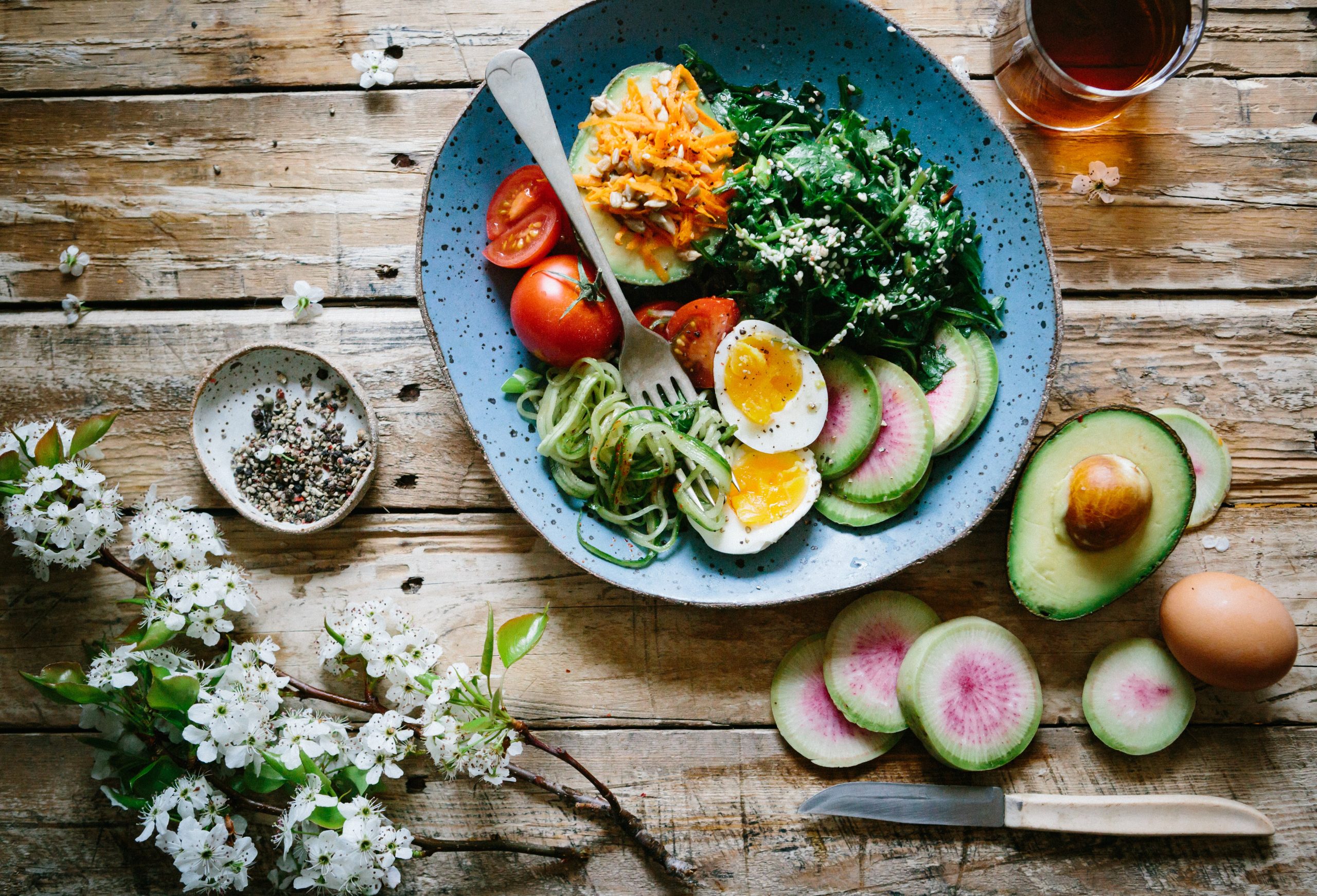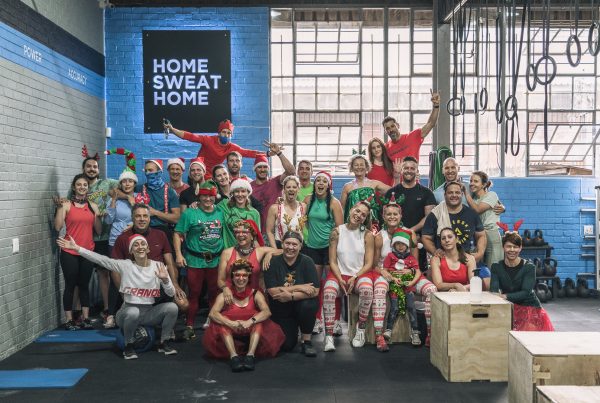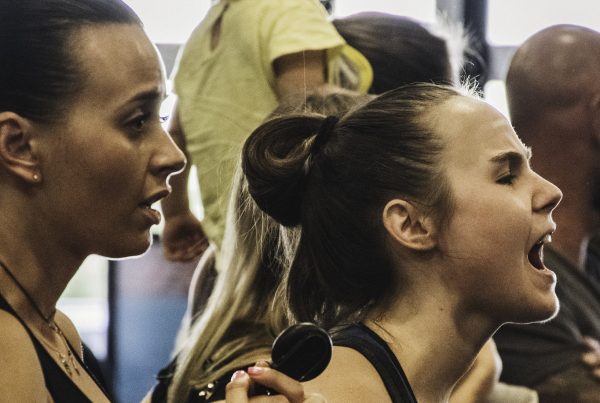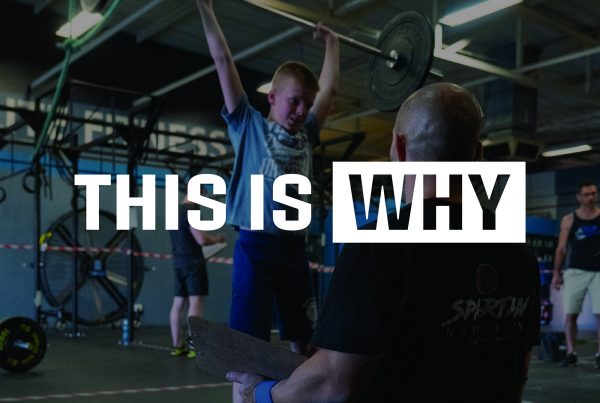
Let’s be honest.
The first few weeks of lockdown were a challenge. Working from home (if you were lucky enough to be able to work), home-schooling children, being face to face with your loved ones all day and every day, or possibly being apart from them, brought new levels of anxiety and stress.
So the fridge and pantry, and their tantalising treats became the answer to coping with these unsettling feelings.
But it is time for a reality check. Unless you have entered the sumo wrestling world championships, we need to get back to fuelling our health and wellness and not excess body mass.
Lockdown has changed a few important considerations to our energy expenditure and must be considered when looking at energy intake.
NEAT
Non-exercise activity thermogenesis or NEAT is all your daily movement that is not deliberate exercise. Activities such as household chores, fidgeting, fetching and carrying, and moving around the workplace are significant contributors to weight loss or gain. For many of us NEAT has changed dramatically and we are moving much less than we used to.
WEIGHT TRAINING
Unless you are fortunate enough to have a home gym stocked with barbells and bumpers, your weight training workouts have been curtailed. Weight training has a significant effect on how your body uses carbohydrates. When lifting moderate to heavy weights, the muscles are receptive to the sugars floating around in the blood stream and take them into muscle storage to be used to refuel the next training session. Without this stimulus, the surplus sugars in your bloodstream are likely headed for storage elsewhere.
INTENSITY AND DURATION
At the gym, our intensity during the workout is much higher. Trying to outpace your workout buddy or being swept up by the class energy, push us beyond our comfort zone. Without this encouragement, our intensity at home is probably much lower. At the gym, your coach ensures you are properly warmed up and drills you on skill work before the workout but at home we usually just jump straight in to get the work done.
While we are all unique in our physiology and circumstances, the following general strategies may help in determining your new nutrition needs:
- Reduce the amount of starchy carbohydrates. These include most fruit, regular and sweet potatoes, butternut, beetroot and especially the refined and processed carbs like pasta, rice, bread and pastry.
- Increase the green and lower carbohydrate vegetables like broccoli, cauliflower and gem squash. These contribute to feeling fuller for longer without a significant caloric contribution and have beneficial micronutrients, phytonutrients and fibre.
- Reduce your fats. Fats do contribute to satiety and are very tasty but are also high in calories.
- Protein is an essential building block of muscle and body tissues and helps us feel full so we shouldn’t don’t drop intake. Instead keep your protein choices to the leaner cuts of meat.
- Eat a little less at each meal. Make your portions slightly smaller and this will reduce the overall amount of calories without you noticing too much.
- Stop the mindless snacking. This is a difficult habit to break but before you open the bag of Simba chips, employ a diversion tactic. Walk away and do something else for 15 minutes and you will probably find that the urge passes.
Remember that winter is on the way. The colder weather increases our urge to comfort eat and reduces our activity levels, very similar to what lockdown has done! By focusing on improving our nutrition habits now we’ll maintain the gains and have health, wellness and improved body composition as a reward.
Coach Lisa



